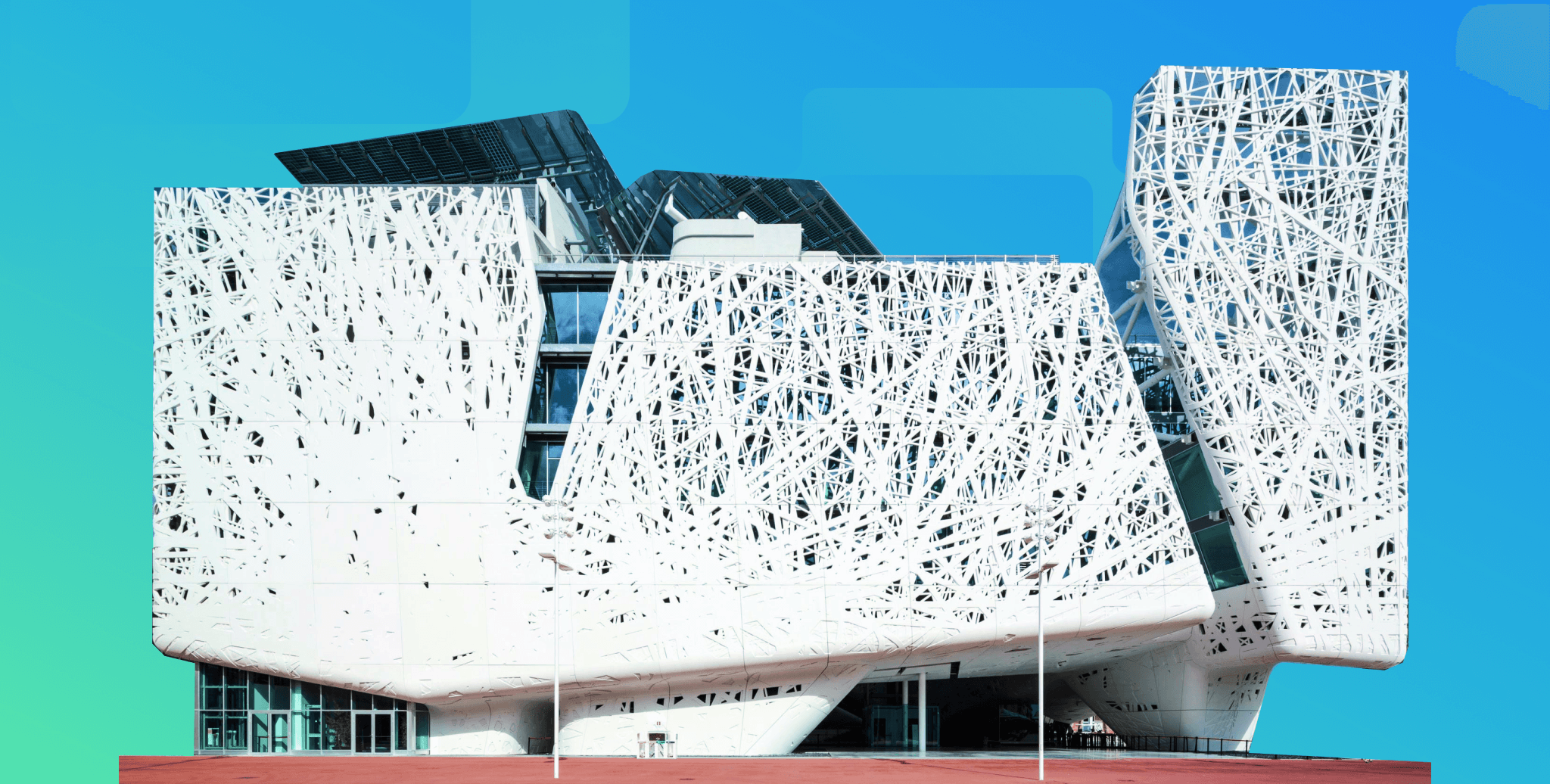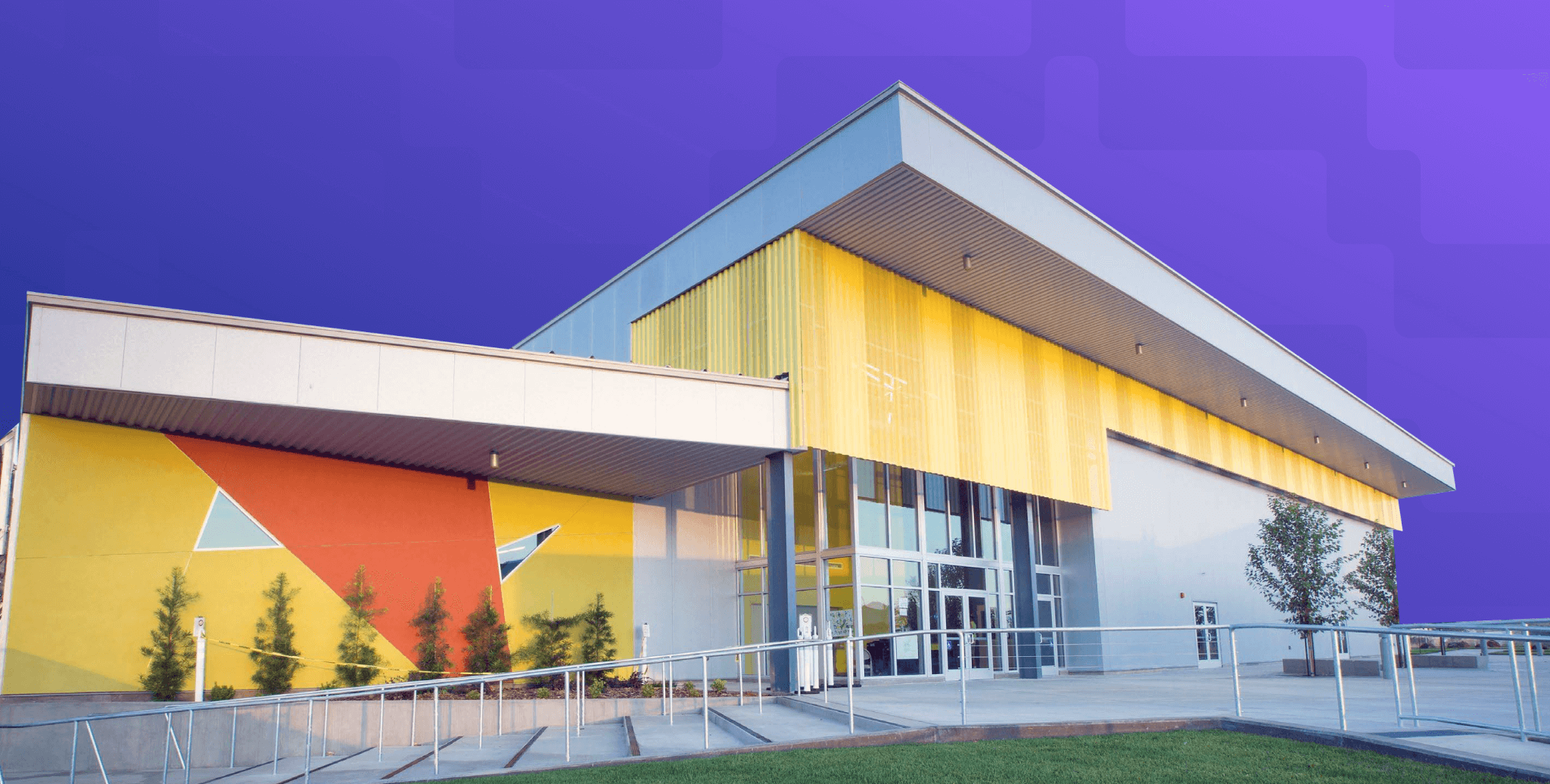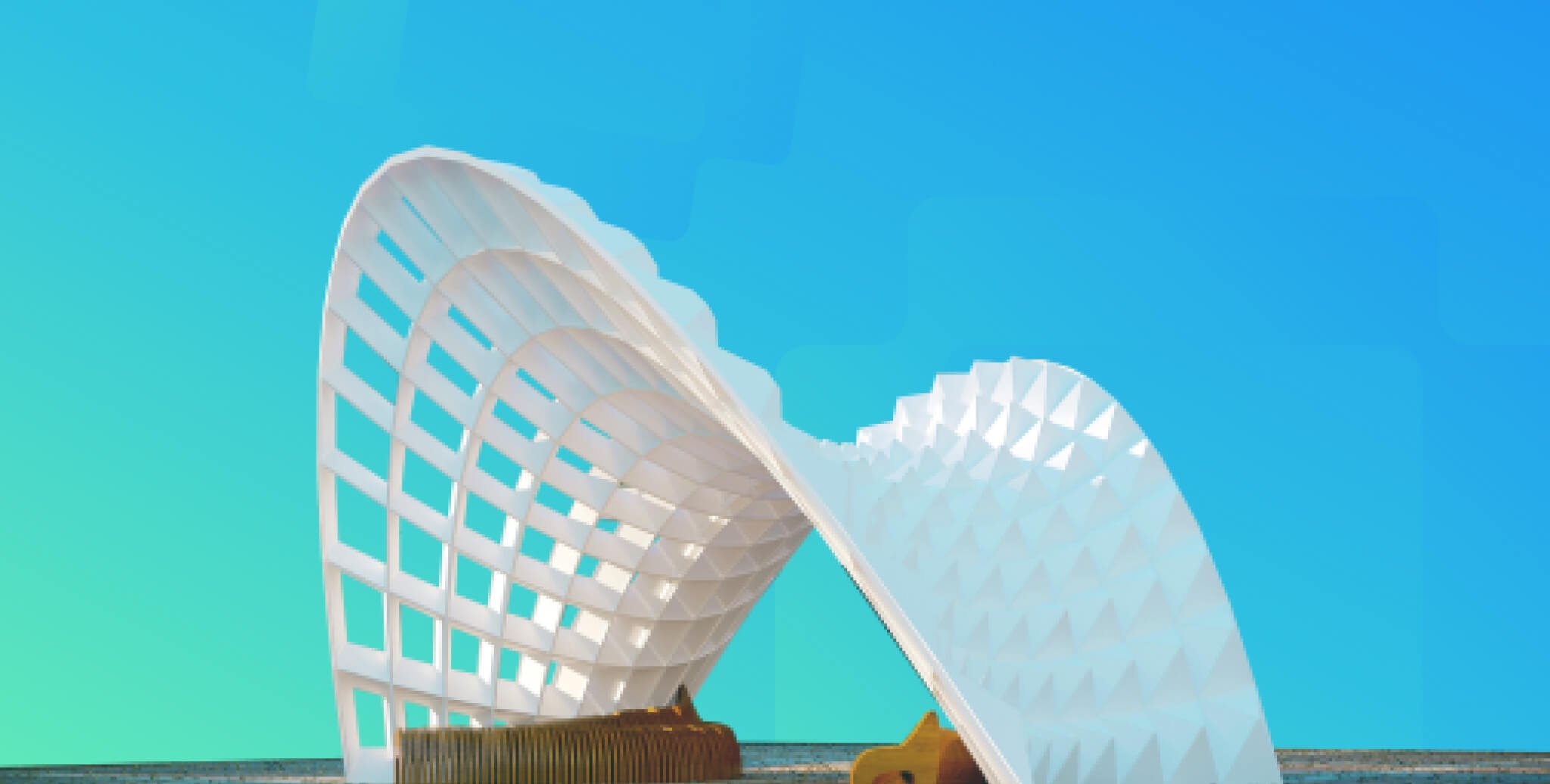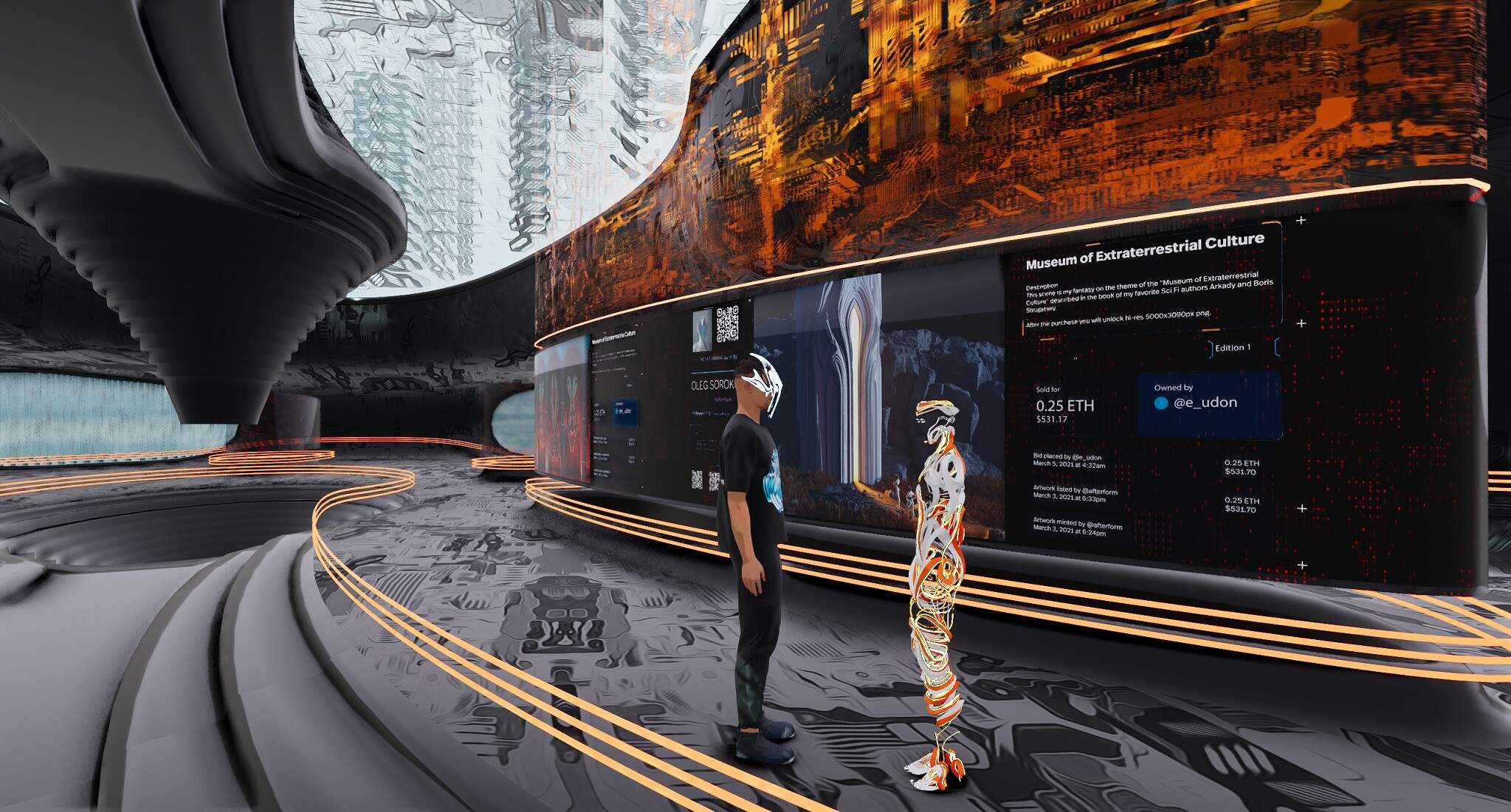Understanding Urban Heat Islands, Their Causes, and How the AEC Industry Tackles Them {2025}
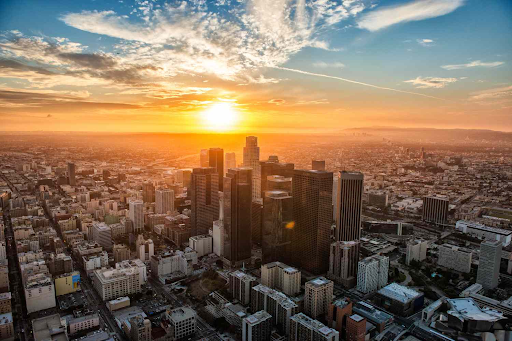
Table of Contents
Urbanization is a metric of progress for the modern world. As countries continue to develop and their economies grow, urbanization can lead to increased productivity and innovation. It provides improved access to resources and infrastructure such as healthcare, housing, education, and transportation thereby making cities a more aspirational place to live.
However, as urban areas grow, there is often a high demand for new buildings, roads, and other infrastructure to support the increasing population. All these developments come at the cost of replacing natural habitats such as forests and wetlands with an artificial ecosystem. These activities negatively impact the environment; contributing to global warming and climate change.
What are Urban Heat Islands and What Causes their Formation?

Urban heat islands [UHI] are created when a city or urban area has higher temperatures than the surrounding rural areas. Typically, this temperature difference between urban and rural areas is more pronounced at night than during the day, especially when there are minimal winds. Additionally, urban heat islands are most noticeable during the winter season.
Below are some key factors that lead to the creation of urban heat islands:
-
Concretization of Land
Impervious surfaces such as concrete, asphalt, and stone absorb and trap heat, which is then released slowly throughout the day. A study by the European Commission states that urban areas can be up to 10° Fahrenheit hotter than surrounding rural areas due to concretization.
-
Operational Activities
Transportation and industrial processes generate a lot of heat thereby increasing temperature in urban areas. For instance, cars and trucks generate heat through their engines and exhaust systems. Similarly, industrial processes like manufacturing and power generation can release significant amounts of waste heat into the environment.
-
Air Conditioning
The heat generated by air conditioning units is released through outdoor condenser units, which are typically located on roofs, balconies, or other outdoor spaces. Furthermore, the high energy demand associated with air conditioning can also contribute to increased greenhouse gas emissions and climate change, which can further exacerbate the urban heat island effect.
-
Deforestation
The lack of vegetation in urban areas can reduce evapotranspiration in cities. Cutting down trees reduces the scope for cooling through shading. The absence of trees decreases the absorption of carbon dioxide from the environment which further degrades air quality.
-
Limited Air Circulation
The lack of open space in cities can limit air circulation, trapping heat in the urban environment. Additionally, tall buildings can create "canyons" that trap heat and block cooling winds, while narrow streets can restrict air movement.
-
Building Design
Buildings that are oriented to receive direct sunlight for longer periods of time will absorb more solar radiation. Further, the use of reflective building materials, such as glass can also trap heat in urban areas.
The Impact of Urban Heat Islands
Exposure to high temperatures can lead to illnesses such as heat exhaustion and heat stroke, especially for vulnerable populations like the elderly, young children, and those with pre-existing medical conditions. High temperatures can also exacerbate existing health conditions like respiratory and cardiovascular diseases.
Urban heat islands can disrupt the natural cycles of flora and fauna and lead to changes in migration patterns and breeding cycles. This can lead to a loss of biodiversity and an imbalanced ecosystem. Additionally, higher temperatures can contribute to increased energy consumption and higher costs for cooling and air conditioning systems. This can lead to higher electricity bills for individuals and businesses and can strain energy infrastructure during heatwaves.
Read: Energy-Efficient Buildings: The First Step in Design for a Better Future
Architectural and Urban Design Solutions that can Help Cool Cities

Cities can be made more liveable by the incorporation of passive design strategies. A cohesive effort between architects and urban planners can help in the creation of thermally comfortable urban areas. Here are the primary design solutions that AEC professionals can consider to help cool cities:
1. Green Roofs
Green roofs cover terraces of buildings in vegetation, including grasses, shrubs, and trees. They can help reduce the amount of heat absorbed in buildings by providing insulation and reducing the need for air conditioning. They also absorb rainwater and reduce stormwater runoff, which can decrease the temperature of an urban area.
2. Cool Roofs
Cool roofs can be constructed by using a variety of materials, including reflective paint, tiles, and shingles. These materials have a higher albedo and reflect more solar radiation than traditional roofs. They can reduce the amount of heat absorbed by buildings and help mitigate the impact of urban heat islands.
3. Shading
Providing shading for buildings and public spaces can help reduce the amount of direct sunlight that reaches surfaces, reducing the amount of heat absorbed. This can be achieved through the use of trees, shading devices like awnings and umbrellas, and architectural features like overhangs and sunshades.
4. Natural Ventilation
Designing buildings with natural ventilation can help reduce the need for air conditioning and decrease the amount of waste heat generated by buildings. This can be achieved through the use of operable windows, natural ventilation stacks, and building orientation that maximizes airflow.
5. Water Features
Incorporating water features like fountains and ponds into the urban design of a city can help reduce temperatures by providing evaporative cooling. Water features can also help reduce air pollution and improve the aesthetic quality of urban spaces.
6. Urban Forests
Planting trees and creating urban forests can help reduce the overall temperature of an area by increasing the amount of shade and evapotranspiration. Trees also absorb carbon dioxide and other pollutants from the air, helping to improve air quality.
Exemplary Architectural Interventions Helping Cool Cities
In recent times, architects and urban designers around the world have made a conscious effort to design sustainable buildings. These interventions aim to provide a more comfortable urban environment that is conducive to human well-being. Below are some of the most striking examples of buildings that are helping cool cities.
1. The Bosco Verticale

The Bosco Verticale, or "Vertical Forest," is a landmark residential development in Milan, Italy. Designed by the internationally renowned Italian architect Stefano Boeri, the project consists of two towers, one of which is 110 meters tall and the other 76 meters tall. Completed in 2014, the towers are covered in more than 900 trees, 5,000 shrubs, and 11,000 plants, creating a green oasis in the heart of Milan.
The Bosco Verticale is designed to mitigate the negative effects of urbanization, such as air pollution, noise, and the urban heat island effect. The towers help reduce the temperature of the surrounding area by shading the buildings and absorbing carbon dioxide. The plants also act as a natural air filter and help reduce the amount of particulate matter in the air. In addition, the towers provide habitat for birds and insects, creating a more biodiverse and sustainable urban environment.
2. The California Academy of Sciences

The California Academy of Sciences is a museum and research center located in San Francisco, California. Completed in 2008, the building features a unique living roof that helps reduce the urban heat island effect. The roof is covered in over 1.7 million plants, including native California species, and spans over 2.5 acres.
The living roof helps insulate the building and reduce the amount of heat absorbed, while also collecting rainwater and reducing stormwater runoff. In addition, the roof provides habitat for birds and insects, and helps promote biodiversity in the urban environment. The building features numerous other sustainable design features, such as natural ventilation systems, energy-efficient lighting, and recycled building materials. The museum also promotes environmental education and sustainability through its exhibits and programming.
3. The Amazon Spheres

The Amazon Spheres were designed by the architecture firm NBBJ and completed in 2018. The building is a unique architectural intervention located in Seattle, USA, that aims to reduce the urban heat island effect while also promoting employee well-being. The project consists of three interconnected glass domes that serve as a workspace for Amazon employees.
The domes are filled with over 40,000 plants from over 400 species, creating a unique indoor forest that helps to reduce the heat island effect and improve air quality. The Amazon Spheres also incorporate sustainable technologies such as high-efficiency LED lighting and a recirculating water system that collects and reuses rainwater. The project is an excellent example of how architecture and sustainability can work hand-in-hand to create a healthier and more environmentally-friendly built environment.
In Conclusion
As climate change continues to exacerbate the effects of urbanization, it is more important than ever for the AEC industry to prioritize sustainable and innovative design solutions that can mitigate the impact of urban heat islands. By working together and integrating sustainable technology and design principles into their projects, architects, engineers, and construction professionals can help create a healthier and more resilient future for our cities.
Are you interested in creating sustainable building designs? If yes, then check out the Computational design course offered by Novatr. This course offers a specialization in achieving sustainability through computational design. Through the course, you can understand computational theory and master advanced tools, and industry workflows.
Explore the course today!

 Thanks for connecting!
Thanks for connecting!



.jpg)

.png)
